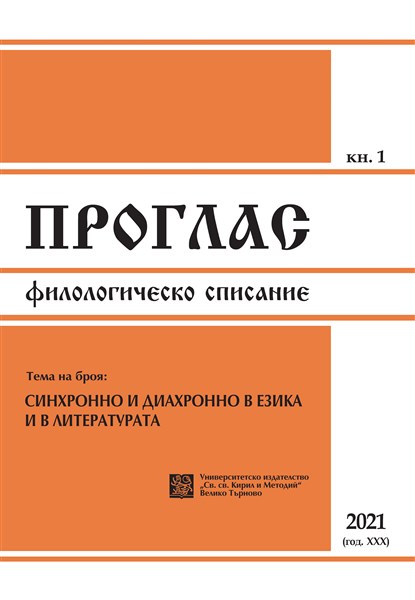
We kindly inform you that, as long as the subject affiliation of our 300.000+ articles is in progress, you might get unsufficient or no results on your third level or second level search. In this case, please broaden your search criteria.

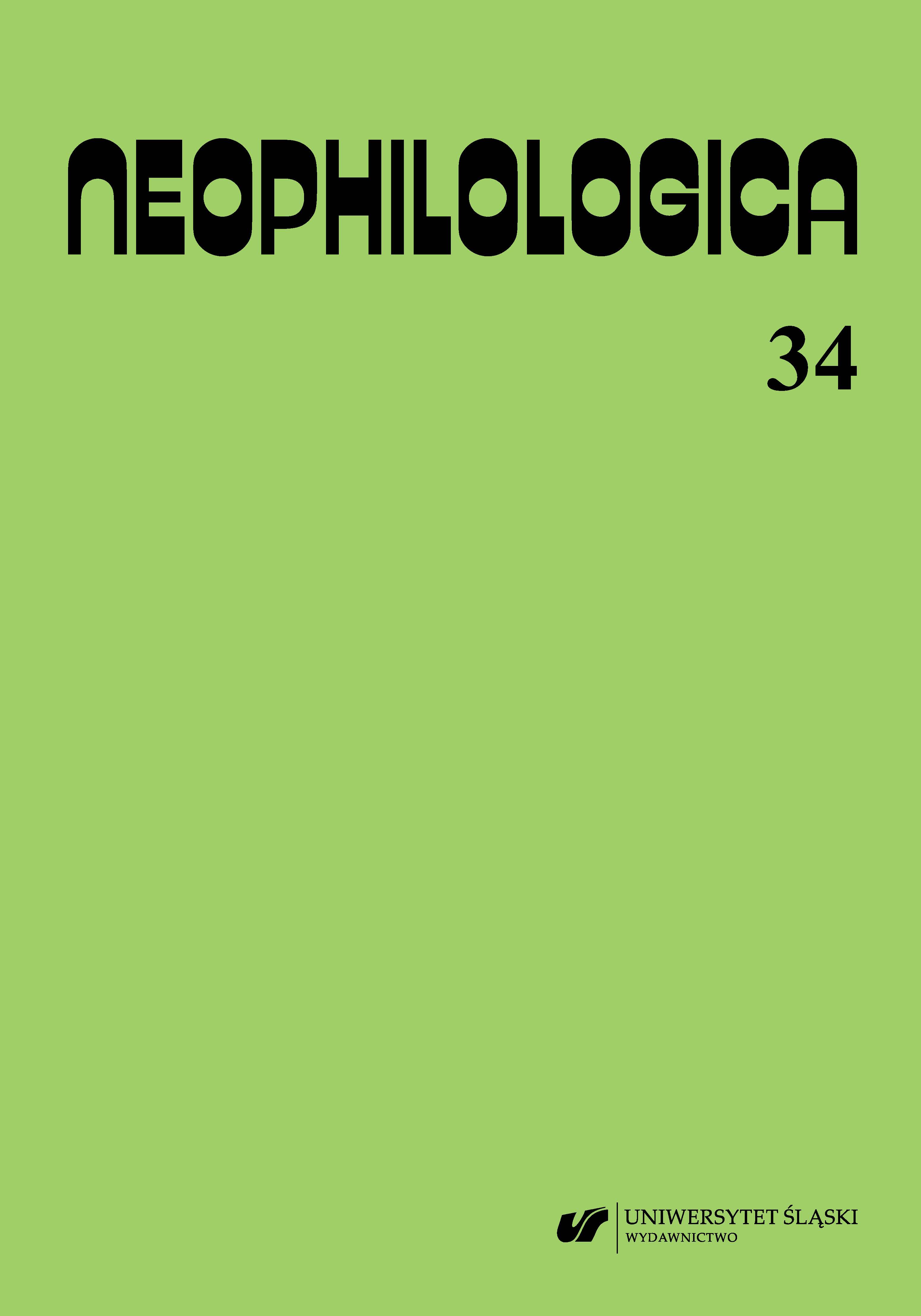
Natural languages differ not only in lexis, but also, or perhaps above all, in grammar. The importance of certain grammatical forms or their frequency of use can vary among languages. There are languages that use them or describe them differently. In the contemporary Polish grammar we will not find information about the subjunctive mood. However, when comparing it with other languages, such as Italian, we will notice certain analogies and phenomena in Polish which are not formally described, and yet they resemble the subjunctive. Nonetheless, a researcher, who will consult older studies, may discover that the description of the Polish grammar changed quite significantly and may be able to find some new insights. This text is an attempt to show that, despite the lack of a formal description, Polish uses the subjunctive, by confronting it with Italian language.
More...
Metaphor, although by many still associated exclusively with poetic and artistic language, is a ubiquitous phenomenon. According to Lakoff and Johnson (1980), it plays a key role in understanding of the world. Metaphors, the use of which we often do not realise, also facilitate everyday communication. The aim of this research is to answer the question: in what way metaphors change in the process of translation? The analysis covers selected examples of metaphorical expressions taken from the original novel by Aldous Huxley “A Brave New World” in English, and its translations in Italian and in Polish. The comparison of the three language versions is intended to show similarities and differences both on the lexical and cognitive levels, as well as to identify the translation techniques used.
More...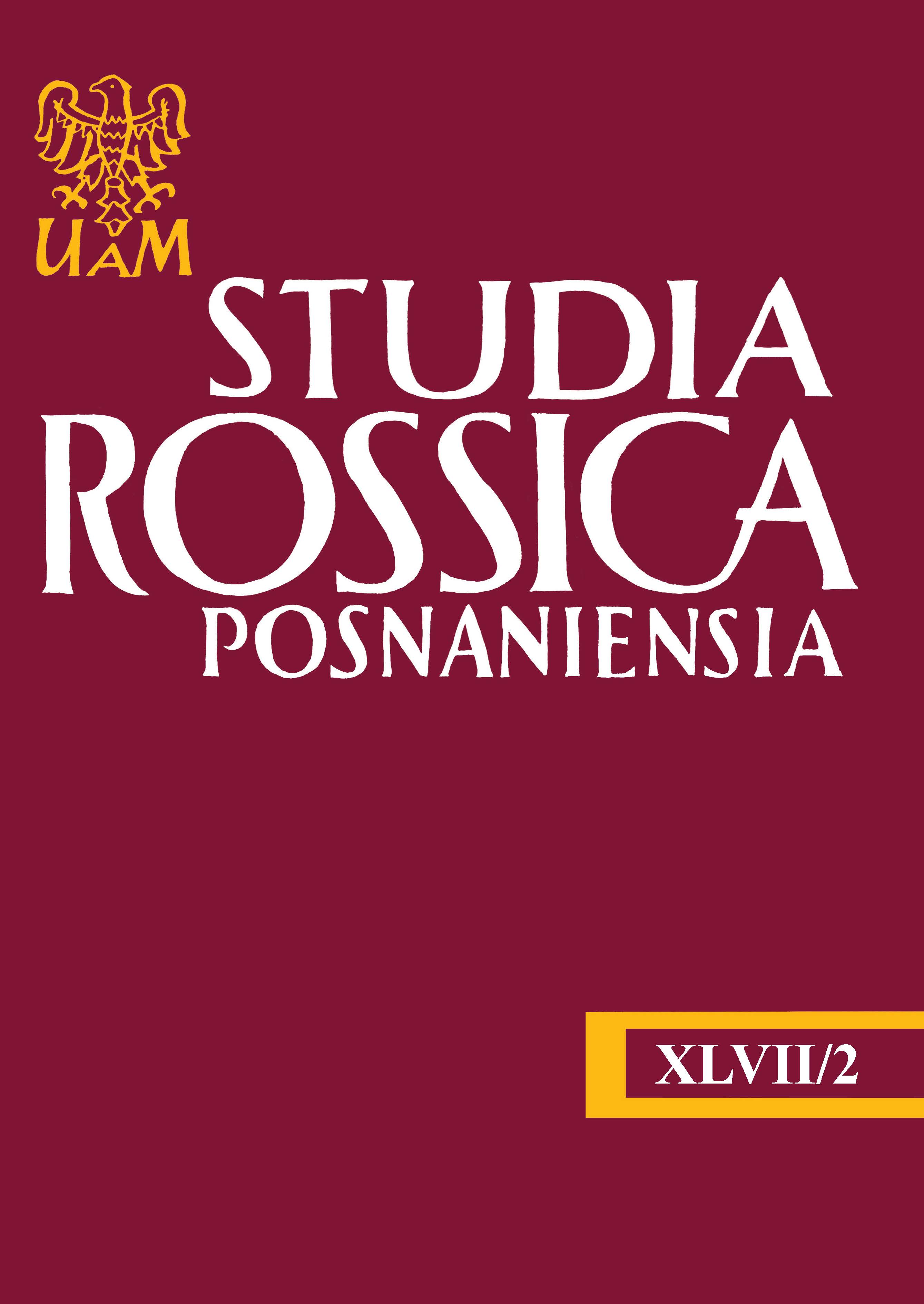
A new type of dictionary – a psychological linguistic dictionary was compiled as a result of analyzing 15918 Russian adjectives from the perspective of their relationship with emotions originating in reference to various senses. The dictionary contains information on “the emotional load” of these adjectives, that is how pleasant or how unpleasant emotions a given adjective evokes. The analyzed lexemes were assessed by respondents on the scale of emotions: slightly (un)pleasant – moderately (un)pleasant – very (un)pleasant, which was marked with an appropriate number of pluses or minuses. Although it is believed that representatives of different cultures experience universal emotions, their quality and intensity hidden behind particular linguistic units can diverge for different cultural linguistic communities. Emotions are conditioned socially, culturally and historically; they play an important role in international communication. Thus, when they are incompetently and mistakenly interpreted, this can disturb dialogue between various cultures and even lead to conflicts. In the article, considering equivalents mięsny/мясной and other counterparts, it can be said that not all the examples have a parallel emotional value. Despite the genealogical relationship between the languages and cultures in question, emotive contrasts are not rare. This leads to considering a significant issue of emotive adequacy of dictionary equivalents, which has to be addressed by translators and language teachers.
More...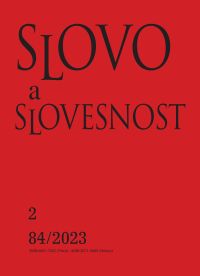
The study proposes that some words in Czech, including ‘navzdory’ ‘despite’ and ‘počínaje’ ‘starting from,’ should be treated as ambipositions, i.e., adpositions that may either precede or follow their complement. This avoids the awkwardness of the traditional view on which the former, for instance, is a preposition when preceding a complement and a homonymous adverb when following one. Based on 3,234 corpus instances of ‘navzdory’ ‘despite,’ ‘nevyjímaje’ ‘including,’ ‘nemluvě o’ ‘not to mention,’ ‘počínaje’ ‘starting with,’ ‘konče’ ‘ending with,’ and ‘počínaje – konče’ ‘from – to,’ the study examines the factors determining whether ambipositions in Czech precede or follow their complements. Special attention is paid to the length and the syntactic complexity of the complement, but also to the text type and the position of the adpositional phrase in the clause. The study uses the random forests algorithm to gauge the relative importance of the variables for each of the ambipositions examined. The length of the complement is systematically the best predictor of the position of ambipositions: the longer the complement, the more likely the ambiposition is to precede it. This is argued to follow primarily from the limits of the human working memory.
More...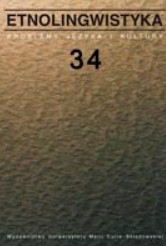
Review of: Słownik stereotypów i symboli ludowych, koncepcja i redakcja całosci Jerzy Bartminski, zastepca redaktora Stanisława Niebrzegowska-Bartminska, t. 2 Rosliny, z. 6 Drzewa lisciaste, Lublin: Wydawnictwo UMCS, 2021, 430 s. Halina Pelcowa, Słownik gwar Lubelszczyzny. Tom X. Obrzedowosc i obyczajowosc ludowa, Lublin: Wydawnictwo UMCS, 2022, 625 s. Marijana Vitanova, Vanja Miceva, Joanna Kirilova, Kalina Miceva-Pejceva, Nadežda Nikolova, Etnolingvisticen recnik na b"lgarskata narodna medicina, Sofija: Izdatelstvo na BAN „Prof. Marin Drinov”, 2021, 367 s. Władysława Bryła, Agnieszka Bryła-Cruz, Retoryka „okołokornawirusowa”. Szkice jezykowo-kulturowe, Lublin: Wydawnictwo UMCS, 2021, 168 s. Ewa Głazewska, Małgorzata Karwatowska, Maska „w czasach zarazy”. Covoidowe wizerunki masek. Typologie i funkcje, Lublin: Wydawnictwo UMCS, 2021, 206 s. Renata Grzegorczykowa, Jezyk w słuzbie mysli. Szkice z dziejów polskiego słownictwa, red. Marek Łazinski, Marta Chojnacka-Kuras, Warszawa: Wydawnictwa UW, 2021, 290 s. SebastianWasiuta, Przysłowie jako tekst minimalny, Lublin: Polihymnia, 2021, 200 s. Krystyna Waszakowa, Jezyk w działaniu i działania na jezyku. Szkice semantyczno-słowotwórcze, Warszawa: Wydawnictwa UW, 2021, 300 s. Dorota Zdunkiewicz-Jedynak, Dziecinstwo, młodosc, dorosłosc, starosc. Polskie koncepty kulturowe w swietle współczesnej polszczyzny, Warszawa: Dom Wydawniczy Elipsa, 2021, 298 s.
More...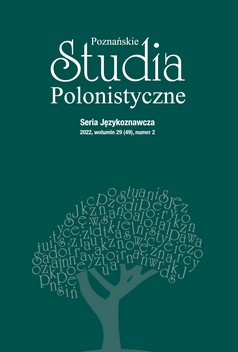
The article is a contribution to the research on the linguistic situation of the Czech part of Těšín Silesia (Zaolzie in Polish). Having written on the topic in the past, this time the authors direct their attention to the Jablunkov part of the region and to a mixed language: the so-called po naszymu. In the introduction, they reflect on what functions a dialect can fulfil today, most of which are evident in the authentic linguistic material presented which comes from three extensive interviews that have then been published online. The speech of the dialect’s speakers differs, revealing the general focus of the speaker on a particular ethnic language: Polish, Czech or Slovak. The discovery of these foreign elements is possible due to the phonetic transcription, which reveals lexical, morphological and phonetic transfers in the texts. The purpose of the analysis is to point out the differences in the po naszymu mixed language code with a different rate of Polish, Czech or Slovak elements.
More...
The verb pytać [to ask] is one of the basic verba dicendi, thus its meaning seems obvious and its lexicographical descriptions exhaustive. At the same time, contemporary uses of this lexeme in the media suggest the presence of additional components, not yet taken into account in the studies of this verb. The author will therefore analyse selected quotations from informative Internet portals and TV dailies in order to then attempt to answer the question posed in the title. The description will take into account the pragmatic elements of the utterance: its context, information about the sender and the assumed recipient, as well as the entire communication situation; the conclusions will, in turn, be confronted with descriptions of the verb pytać [to ask] present in the linguistic literature.
More...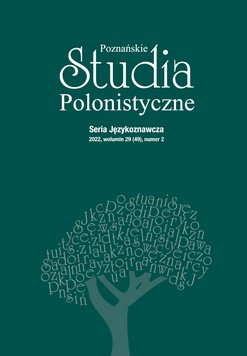
The article presents, on the basis of a sixteenth-century translation of the Qur’an into Polish, the interpenetration of two planes in revealed books: the rhetorical and the persuasive one. In this context, the article points out the realisation of the directives of classical Arabic rhetoric, including the semantic principle, the principle of clear expression and the principle of sophisticated style. It also indicates the original orality of the Qur’an and the persuasiveness of its message achieved, among other things, by addressing the recipient, the establishment of the us vs. them opposition, the occurrence of evaluative and directive vocabulary, the introduction of colloquial speech, and the use of intensifiers of content. The collected material also demonstrates the complex relation between the scripturalisation of a language and the translation of a sacred text ( the Qur’an ) into Polish.
More...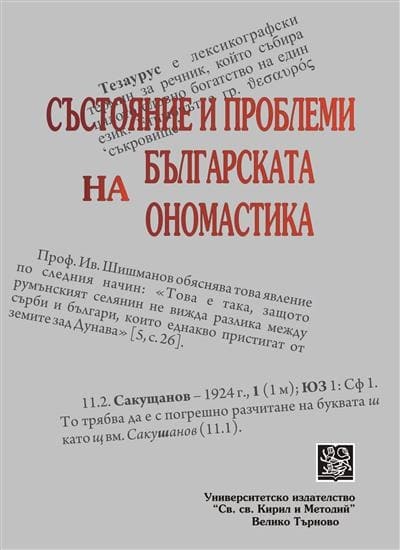

In this paper the autor brings up the question of the multi-motivation and homonymy in the antrhoponymy on the example of two polish surnames. Different possible ways were indicated to explain the surnames Duszyński and Karabasz in respect of their etymology.
More...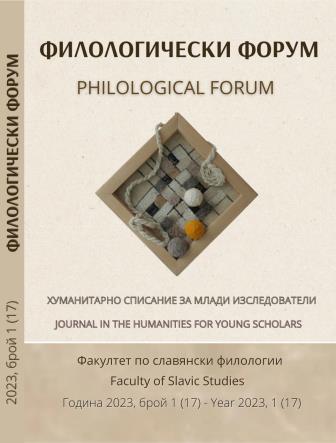
This text attempts to establish the origin of a name in Slavic languages. The main etymological hypotheses are summarized and arranged according to their degree of probability.
More...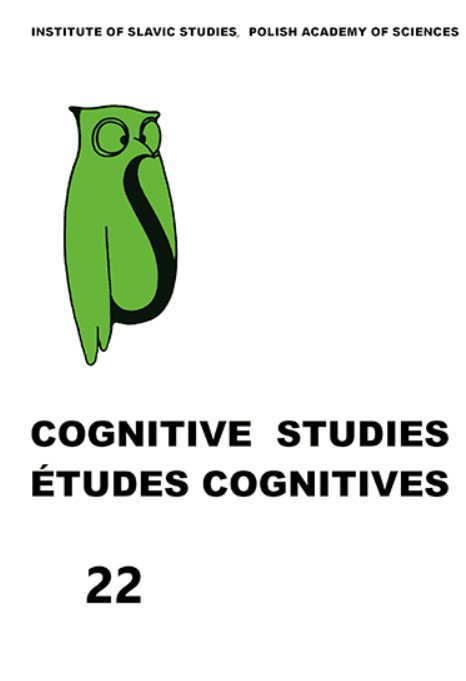
Review of: Dominika Izdebska-Długosz Monograph “Błędy gramatyczne w polszczyźnie studentów ukraińskojęzycznych” (Kraków: Księgarnia Akademicka, 2021, ss. 472)
More...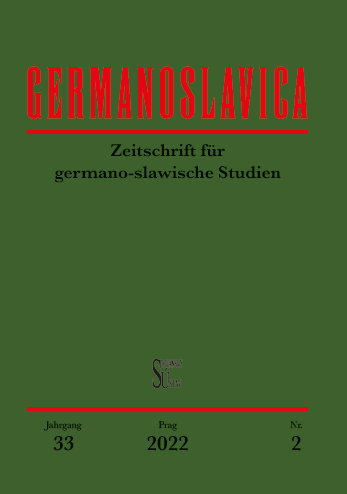
This corpus-based article aims to show examples of particle-like constructions that are used by representatives of the Czech Parliament. In the first part of the study the author focuses on the characteristics of language used by politicians and tries to define basic processes that this language is driven by. The process of conversationalisation stands here in the foreground and represents the key aspect of today's political language that can be observed not only in the media but also in institutions such as the Parliament. The author provides a qualitative analysis of corpus data in a three-year period and deals with the occurrence of particle-like constructions in the given speeches. Such constructions and their respective translations are then discussed with respect to their functional features.
More...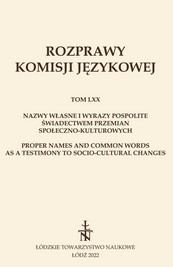
The surnames with the suffixes -owicz, -ewicz in south-eastern part of the Lublin region in starosty district of Grabowiec and Hrubieszów have been analyzed in the article. The source database used in the article contains the municipal books of Grabowiec and Hrubieszów from 17th to the 18th centuries. The basis for the surnames are first and foremost names, often church names, and nicknames.
More...
The article is an attempt to describe the origin of the noun обáрінок ‛bagel’ and its general features of the functioning in the Ukrainian language, compared with the corresponding names in Belarusian and Russian. The author concludes that the Ukrainian accentuation and derivational forms of the noun under consideration обáрянок, обáрíнок, обáрúнок, as well as the Belarusian абарáнак, arose as a result of the direct influence of the Polish language, and the Russian noun барáнка is only indirectly related to Polish influence, being originally an adapted Belarusian name. Variants of the noun обáрінок are considered in the article both geographically and chronologically. Thus, the Ukrainian nouns обáрянок, обаря́нок, обаря́нець and обáрінок, барíнок, вобарúнок, обарíнок, обарúнок reflect both the nature of the Polish-Ukrainian language contacts of the end of the 14th – the second half of the 17th centuries, and internal changes in the structure of the Polish and Ukrainian languages.
More...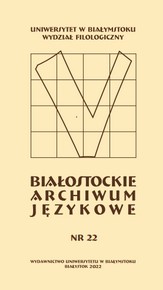
The article presents a manuscript collection of dialect lexicon from the 2nd half of the 19th century compiled by Artur Doliński. The glossary records the vocabulary characteristic of the folk dialect of the Vilnius area. The author has established that in terms of methodology, Doliński’s work differs from other studies of this type (the entries are not arranged alphabetically, they lack qualifiers or explicataions of how to use a particular word). However, this does not diminish the value of the work under discussion, since the glossary records unknown lexemes from historical Lithuania, and attests to phonetic and grammatical features inherent in the borderland variety of the language. This makes Doliński’s work an important source for the study of Polish dialects in the 19th century Northeastern Borderlands.
More...
Review of: Katarzyna Grabowska, Język Latopisu supraskiego 1519 r. (Fonetyka. Fleksja. Słownictwo), Wydawnictwo, Uniwersytetu w Białymstoku, Białystok 2020, ss. 307
More...
The “Dictionary of Polish Orthodox terminology” contains an index of Greek equivalents in its structure. The process of selecting the Greek equivalents and assigning them to the appropriate Polish entries was difficult because of the number of Greek variants used in the Orthodox terminology, as well as the considerable amount of synonyms present in the Greek language, which is definitely the richest language in terms of history and theology. The article presents the role of semantic qualifiers in the process of selecting Greek equivalents, using selected examples of festive names.
More...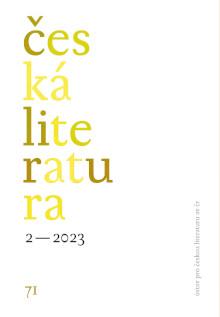
This paper focuses on the literary representation of Slovakia in selected travelogues by Czech authors. The subject of the research is that of cultural stereotypes, images of the other, and constructions of us and them. The corpus of travelogues covers the period from the 1830s to the end of the 1930s. The methodological framework for analysing travelogues includes several diverse approaches. In addition to literaryhistory classification, the study employs an imagological approach while also taking into account an approach based on postcolonial theories in the context of the interpretation of cultural stereotypes. The material is divided into four historical periods with regard to the form and changing face of Czech-Slovak dialogue. Through the travelogue material under review we can analyse how the image of Slovakia within the Czech cultural myth of Slovakia has been shaped and transformed over the course of a century.
More...